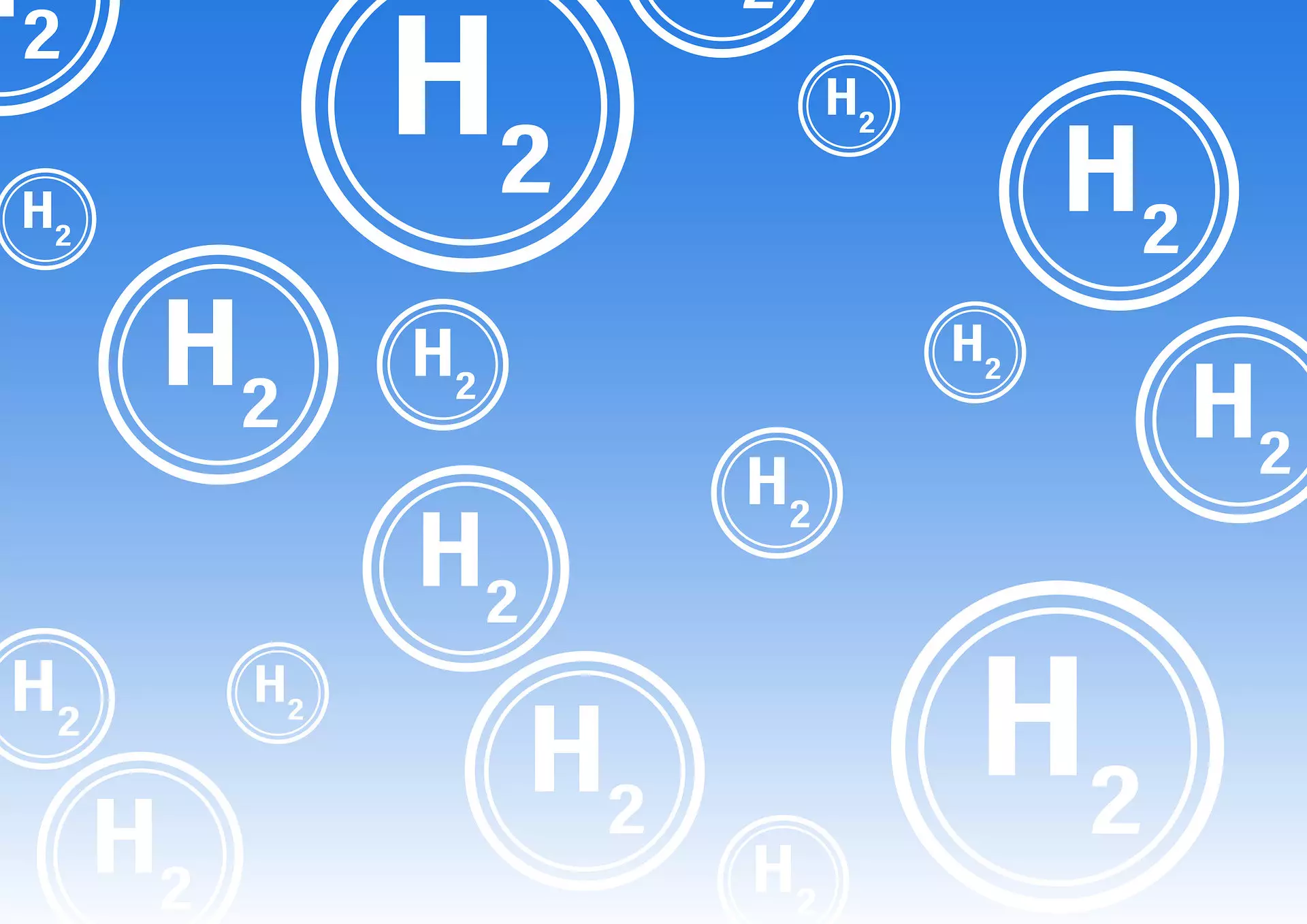Renewable hydrogen has been identified as a key player in reducing carbon emissions across Europe. Research conducted by the Joint Research Centre (JRC) suggests that sourcing hydrogen from regions with cheaper renewable energy sources may be more cost-effective than local production. However, concerns have been raised regarding the environmental impact of transporting large quantities of hydrogen over long distances. This article delves into a new study that compares the life cycle environmental impacts of different production technologies and delivery methods for renewable hydrogen.
The study conducted by the JRC compared on-site hydrogen production through steam methane reforming (SMR) or electrolysis with three different delivery methods: compression, liquefaction, and chemical bonding. The environmental impact of transportation by ship and pipeline was also taken into consideration. The study focused on a distance of 2,500 km, equivalent to the distance between Portugal and the Netherlands.
The results of the study revealed that the environmental performance of hydrogen supplied to large industries varies significantly based on the production technology and delivery pathway. On-site production using efficient renewable sources, such as wind power in the Netherlands, was identified as the most environmentally sustainable approach. Importing renewable hydrogen from regions with abundant renewable sources also showed a significant reduction in greenhouse gas emissions compared to on-site production with fossil fuels.
Shipping liquid hydrogen and transporting compressed hydrogen through pipelines were found to have the least environmental impact when delivering hydrogen over long distances. However, the process of packing and unpacking hydrogen into chemical carriers such as ammonia and methanol required larger amounts of energy and resources, making them less desirable in terms of environmental impact. The study showed no significant difference in the environmental impact of delivery methods when comparing different chemical carriers.
The report highlights the close relationship between the environmental impact of delivered hydrogen and renewable energy infrastructure. For imported solar-generated hydrogen to have an environmental advantage over conventional hydrogen production from fossil fuels, the efficiency of photovoltaic panels must be significantly improved. Water use was also identified as a crucial factor, with on-site hydrogen generation in water-rich countries proving to be more sustainable in terms of water use compared to importing hydrogen from water-scarce regions.
The study emphasized the impact of hydrogen losses during the delivery chain on the overall environmental impact of delivered hydrogen. Options such as liquid and compressed hydrogen, which are more susceptible to losses, still have lower environmental impacts than using hydrogen carriers. When on-site production is not feasible, importing renewable hydrogen from closer regions within Europe was identified as the more environmentally sustainable choice.
The study provides key recommendations for policymakers and stakeholders to accelerate the transition towards a more sustainable hydrogen economy in Europe. It underscores the importance of considering production technology, delivery methods, renewable energy infrastructure, and water use when assessing the environmental impact of renewable hydrogen transportation. Moving forward, focusing on reducing environmental impacts and increasing efficiency in hydrogen production and delivery will be crucial in achieving a greener future for Europe.



Leave a Reply